Suspended linear light fixtures are transforming modern interior design. These versatile lighting solutions offer a perfect blend of form and function, enhancing both aesthetics and illumination in various spaces.
At PacLights, we understand the impact of choosing the right lighting for your environment. This guide will walk you through the essential factors to consider when selecting suspended linear lights, ensuring you make an informed decision that meets your specific needs.
What Are Suspended Linear Light Fixtures?
Definition and Basic Structure
Suspended linear light fixtures are elongated lighting solutions that hang from the ceiling. These fixtures provide both direct and indirect illumination, enhancing the overall lighting experience in various spaces. The main body of a suspended linear fixture consists of a slim, linear housing that contains LED modules or other light sources. This housing is suspended from the ceiling using cables or rods, allowing for adjustable hanging heights to accommodate different ceiling heights and lighting requirements.
Key Components
The primary components of suspended linear light fixtures include:
- Light Source: Usually LED strips or tubes (known for their energy efficiency and longevity)
- Housing: A sleek, often metallic frame that can range from a few feet to several meters in length
- Suspension System: Cables or rods that allow for height adjustments
- Diffuser or Lens: Helps distribute light evenly and reduce glare
- Optional Uplight Components: Direct a portion of the light towards the ceiling for ambient illumination
Types and Variations
Suspended linear fixtures come in various styles to suit different architectural and design needs:
- Direct/Indirect Fixtures: Emit light both upwards and downwards, creating balanced illumination
- Task-Oriented Models: Focus light downwards for workspaces
- Ambient Designs: Prioritize softer, more diffused lighting
- Modular Systems: Allow for customizable configurations (straight lines, geometric patterns, or curved formations)
Benefits and Applications
The versatility of suspended linear lights makes them ideal for a wide range of settings. In office environments, they provide uniform illumination across workstations while minimizing glare on computer screens. For retail spaces, these fixtures can effectively highlight product displays.
Energy efficiency is a significant advantage of modern suspended linear lights. LED-based models can reduce energy consumption by up to 75% compared to traditional lighting systems. This energy savings could result in an annual energy cost savings of about $13.4 billion.
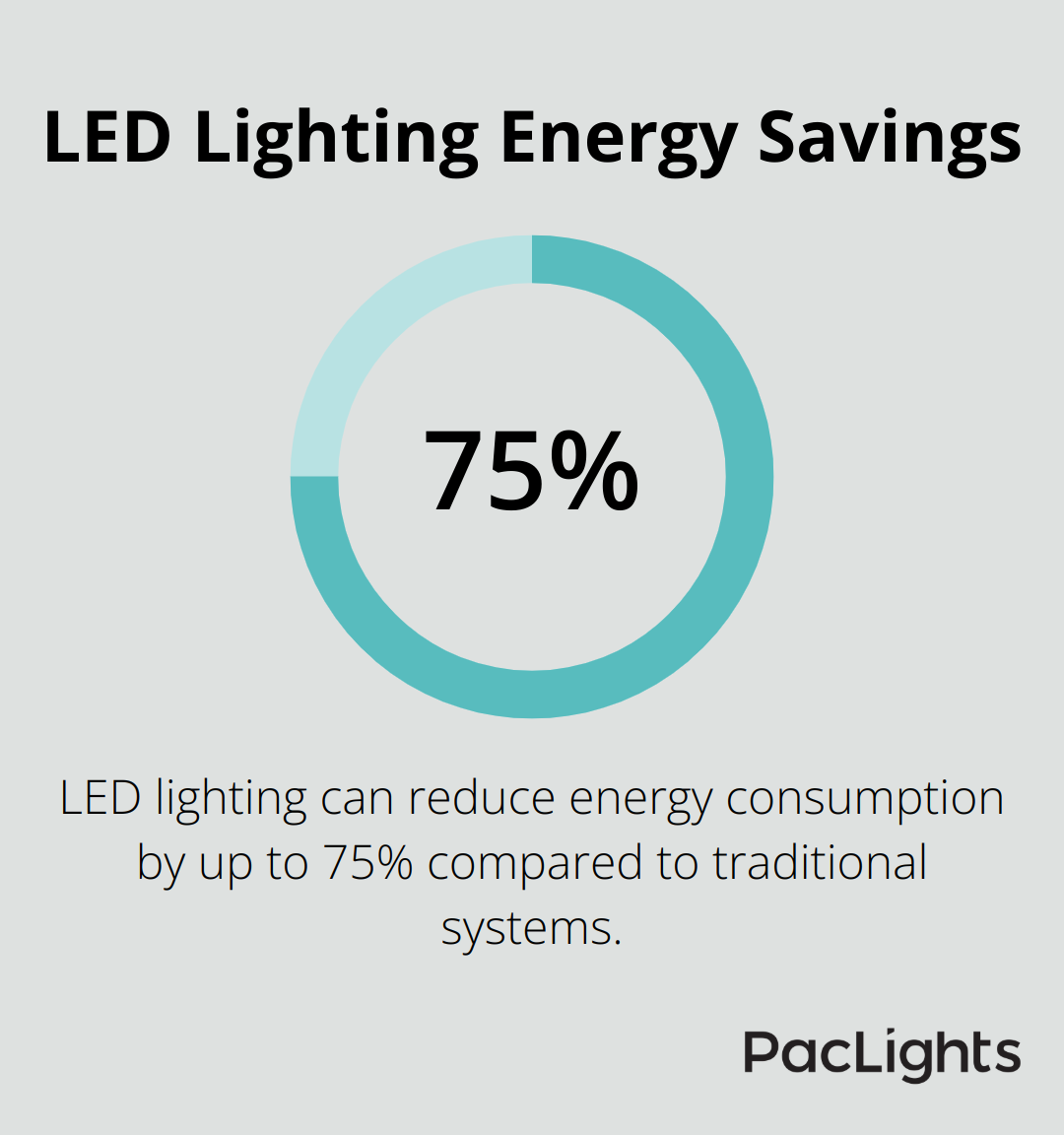
The slim profile of these fixtures contributes to a clean, uncluttered ceiling appearance. This makes them particularly suitable for spaces with exposed ceilings or where a minimalist aesthetic is desired. In terms of light quality, suspended linear fixtures often offer high color rendering indexes (CRI), ensuring colors appear vibrant and true-to-life. This is particularly important in environments where color accuracy is crucial, such as art galleries or fashion retail stores.
As we move forward, it’s important to consider the factors that influence the selection of suspended linear light fixtures. Let’s explore these considerations in the next section to help you make an informed decision for your specific lighting needs.
Selecting the Perfect Suspended Linear Light
Assessing Your Space
Room dimensions and ceiling height play a vital role in choosing suspended linear lights. Spaces with high ceilings (above 10 feet) benefit from longer fixtures or multiple units, creating visual impact and adequate illumination. Rooms with standard 8-foot ceilings require shorter fixtures or those with adjustable suspension lengths to maintain proper clearance.
Illumination Requirements
Understanding your light output needs is essential. The Illuminating Engineering Society recommends different light levels for various tasks:
- Office work: 300-500 lux
- Detailed tasks: 500-750 lux
- Precision work: 1000-1500 lux
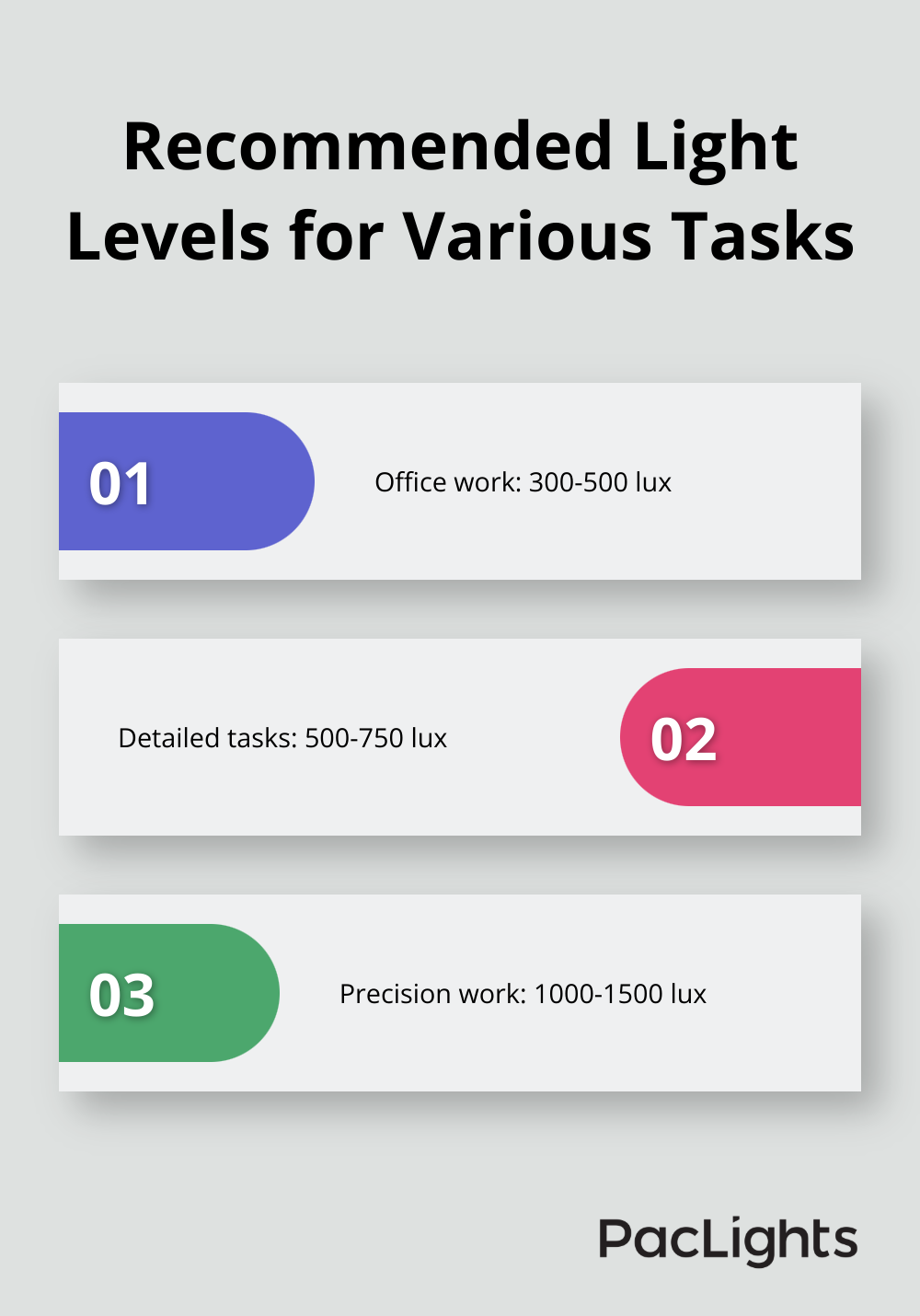
To achieve these levels, consider the lumen output of the fixture. Try to achieve 20-40 lumens per square foot in most spaces. However, this can vary based on surface reflectivity and specific tasks performed in the area.
Energy Efficiency Matters
LED technology dominates the suspended linear lighting market due to its energy efficiency and longevity. Select fixtures with high lumens per watt ratings (typically above 100 lm/W) for optimal efficiency. The Department of Energy reports that LED lighting can reduce energy consumption by up to 75% compared to traditional options.
Design and Aesthetics
The visual appeal of your suspended linear fixture should complement your space’s overall design. Consider the fixture’s finish, shape, and integration with existing architectural elements. Minimalist designs with clean lines work well in modern offices, while more decorative options enhance residential or hospitality settings.
Pay attention to the light’s color temperature. Cooler temperatures (4000K-6500K) suit task-oriented spaces, while warmer temperatures (2700K-3000K) create a more inviting atmosphere in social areas.
Control and Flexibility
Advanced control options significantly enhance lighting system functionality. Choose fixtures with dimming capabilities to adjust light levels throughout the day. Some systems offer color-tuning features, allowing you to change the color temperature to match circadian rhythms or create different moods.
Smart lighting controls can integrate with building management systems, enabling automated scheduling and occupancy-based adjustments. These features can lead to additional energy savings of 20-60% (according to the U.S. Department of Energy).
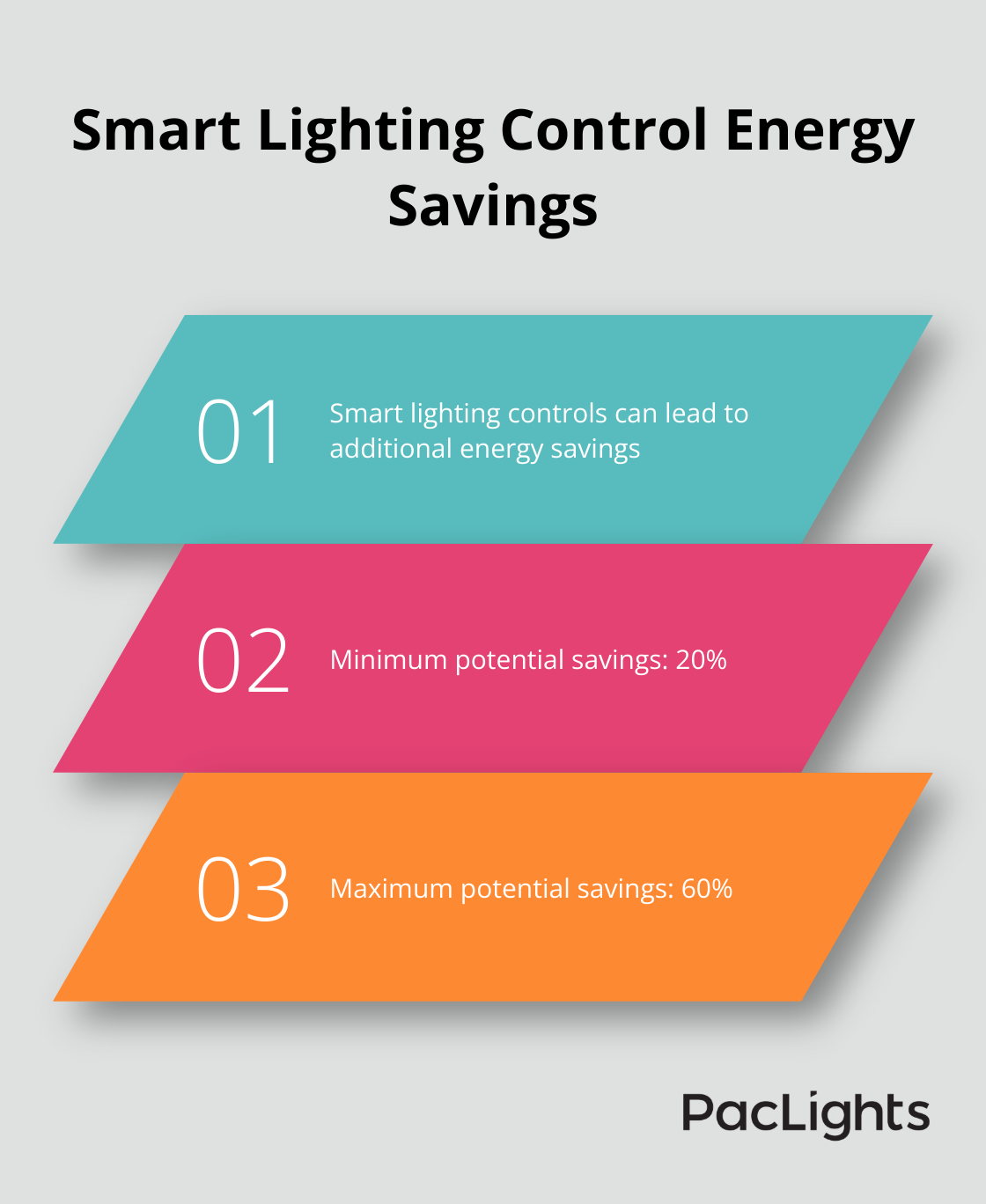
As we move forward, it’s important to consider the practical aspects of installing and maintaining your chosen suspended linear light fixtures. The next section will provide valuable insights into proper installation techniques and maintenance practices to ensure optimal performance and longevity of your lighting system.
Mastering Installation and Upkeep of Suspended Linear Lights
Precision Mounting Techniques
The installation of suspended linear lights requires accuracy. Measure and mark the ceiling for mounting points carefully. Use a laser level to align fixtures perfectly, especially for longer units or multiple installations. Most setups benefit from toggle bolts or anchors for secure ceiling attachment.
The suspension system demands equal attention. Adjust cables or rods to achieve the desired hanging height (typically 24 to 36 inches below the ceiling) for optimal light distribution. Always adhere to manufacturer guidelines for weight limits and spacing between suspension points to avoid sagging or uneven illumination. Proper light positioning can significantly impact the perception of space.
Electrical Setup Considerations
Wiring suspended linear fixtures requires thorough planning. Verify that your electrical system can handle the load of the new fixtures. Most modern LED linear lights operate on low voltage, but compatibility with existing electrical infrastructure is essential.
Hiring a licensed electrician for installation is advisable, especially if you lack electrical expertise. They ensure proper grounding, correct wire gauge selection, and compliance with local electrical codes. Many jurisdictions require permits for lighting installations (check with your local building department before project initiation).
Performance Maintenance
Regular upkeep keeps suspended linear lights operating efficiently. Dust accumulation can significantly reduce light output over time. Clean fixtures at least twice a year with a soft, dry cloth. For stubborn dirt, use a mild soap solution (avoid harsh chemicals that could damage the fixture’s finish or optics).
Inspect suspension cables or rods regularly for signs of wear or damage. Tighten loose connections and replace frayed cables immediately to prevent potential hazards.
LED light sources in quality fixtures typically have a long lifespan (often exceeding 50,000 hours). However, if you notice dimming or color shifts, it might be time to replace the LED modules. Always use manufacturer-approved replacement parts to maintain performance and warranty coverage.
Common Issue Resolution
Even with proper installation and maintenance, problems can occur. If a fixture fails to light, first check the power supply and ensure all connections are secure. Many modern fixtures have built-in drivers; if these fail, they often require replacement of the entire unit.
Flickering lights can indicate a problem with the dimming system or incompatible LED drivers. Ensure your dimmer is rated for LED use and compatible with your specific fixtures. If problems persist, consult the manufacturer’s support team or a qualified electrician.
Final Thoughts
Suspended linear light fixtures transform spaces with their blend of form and function. These versatile lighting solutions adapt to various environments, from offices to retail spaces, enhancing both aesthetics and illumination. Professional consultation ensures optimal fixture selection, placement, and integration with existing systems, preventing potential issues and maximizing benefits.
The right suspended linear light fixtures offer long-term advantages in energy efficiency and customization. LED options lead to substantial cost savings, while advanced control systems allow for tailored lighting experiences. Proper installation and regular maintenance extend these benefits for years, creating well-lit, productive spaces.
PacLights offers a wide range of suspended linear light fixtures for diverse industrial and commercial needs. Our products combine energy efficiency with durability and versatility (including options for daylight and motion control). We strive to help you create optimal lighting setups that reduce energy costs and carbon footprints while enhancing productivity and ambiance in your facility.


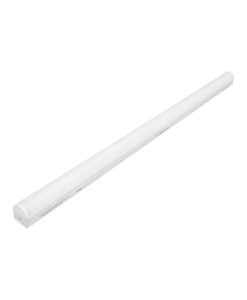
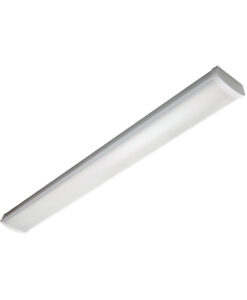
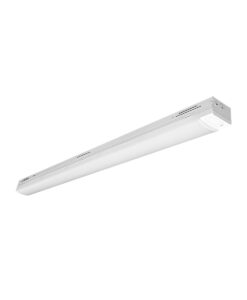
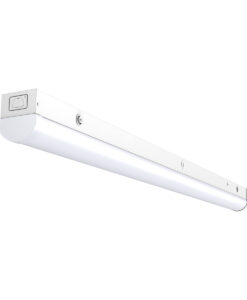
Disclaimer: PacLights is not responsible for any actions taken based on the suggestions and information provided in this article, and readers should consult local building and electrical codes for proper guidance.